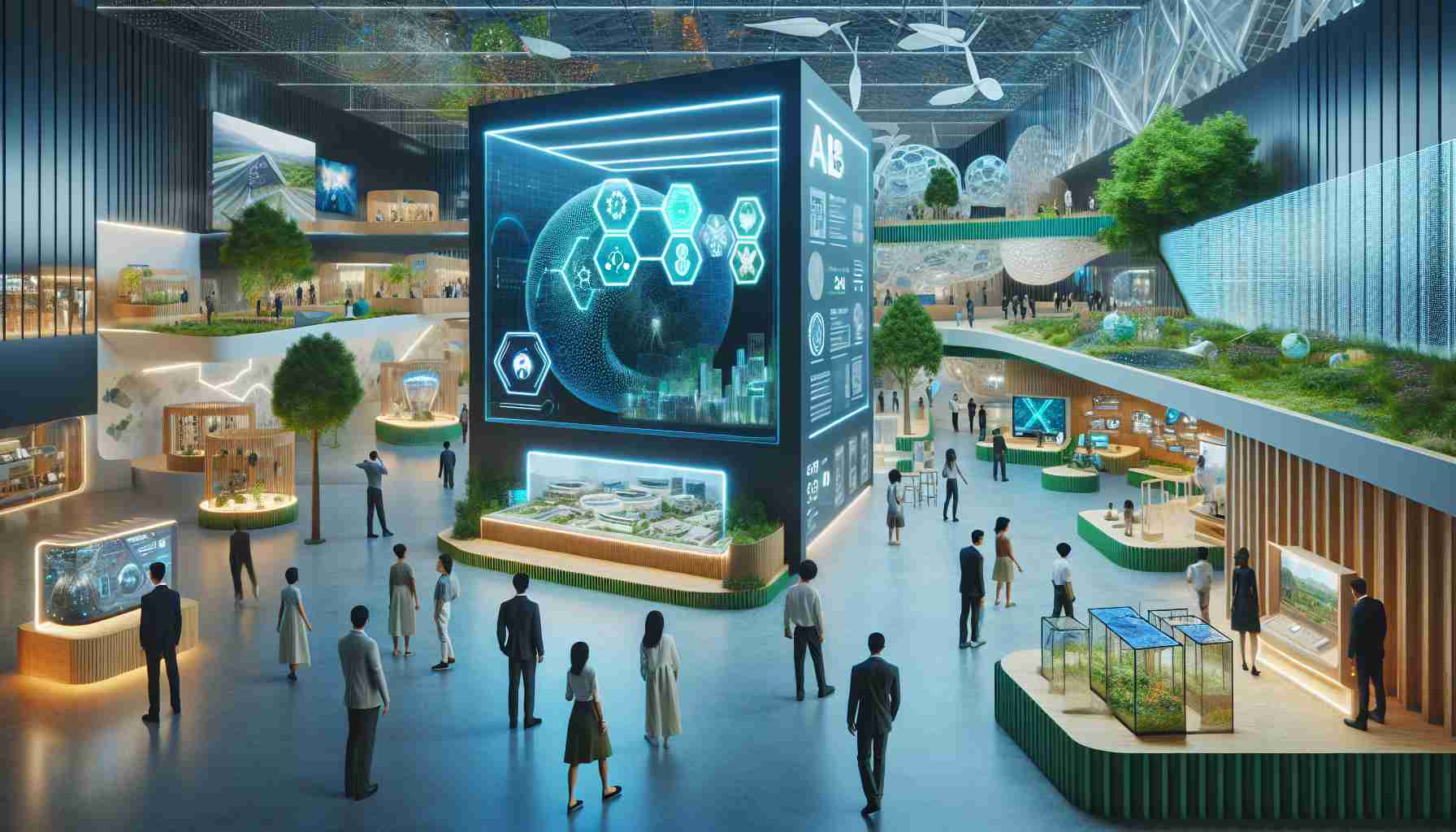Delving into the Synergy of AI, Art, and Eco-friendly Design
Tomorrow, the Museum of the Future is set to host an enlightening session that will delve deep into the intriguing fusion of artificial intelligence, art, and environmentally sustainable design. This event belongs to the ‘Experts of the Future’ series, specifically curated to shed light on topics that stand at the crossroads of technology and sustainable design principles.
Attendees will have the unique chance to explore the ‘symbiocene’ concept, a forward-thinking approach aimed at rebuilding the harmony between humans and nature through the prism of groundbreaking environmental technologies powered by AI. The seminar will particularly focus on the innovative reshaping of architecture to embrace sustainability.
Inspiring the Blueprint for a Sustainable World
Uniting the realms of technology and aesthetic design, the session aspires to ignite inspiration and sketch out an avant-garde vision for what our future could look like. Leading the discussion are three adept AI specialists: Ella Columbo, the creative director at AI Inventor; Lian Thompson, founder and CEO of Aquai Corporation; and Wanyu He, founder and CEO of Look X. Together, they will tackle the evolutionary role AI is playing in revolutionizing the realm of creative innovation within art and sustainable design.
Important Questions and Answers:
What is the ‘symbiocene’ concept?
The ‘symbiocene’ concept, which will be explored in the session, refers to a proposed era of earth’s history following the Anthropocene where humans live in harmony with nature. This concept emphasizes the idea that our survival and well-being are interdependent with the health of the ecosystem, and it advocates for creating technologies and ways of living that promote ecological balance and sustainability.
How can AI contribute to sustainable design?
AI can contribute significantly to sustainable design by optimizing building materials for lower carbon footprints, enhancing efficiency in resource usage, and modeling complex environmental systems to inform better design choices. AI-driven analytics can also help monitor and manage energy consumption in real-time, resulting in more sustainable living and working environments.
Key Challenges and Controversies:
A key challenge in integrating AI with sustainable design is ensuring that the AI itself is developed and operated sustainably. The production of AI technology often requires large amounts of data and considerable computing power, which can lead to a high carbon footprint. Additionally, there is controversy regarding how AI may impact the job market, particularly in the design and architecture sectors, as automation and machine learning tools become more prevalent.
Advantages and Disadvantages:
The advantages of combining AI with sustainable design include increased efficiency and innovation, the ability to handle complex data for informed decision-making, and the potential to create smarter, more resilient buildings and city infrastructure. However, disadvantages might include the potential environmental impact of AI technology production, the steep learning curve and required investment for its integration, and issues regarding data privacy and security in AI applications.
Related Links:
To learn more about the role of AI and sustainable design, you can visit websites like:
– The Museum of the Future: museumofthefuture.ae
– Organizations focusing on AI in architecture: aiinventor.com (hypothetical example based on provided text, real URL needed).
Please note that links to specific companies mentioned such as AI Inventor, Aquai Corporation, and Look X are not provided as they are fictional entities in the context of this article. To find actual links to organizations working in the field of sustainable design with AI, research into real-world entities would be required.

